The Ministry of Labour outlines workplace rights and offers tips for staying safe at work. Wearing the right gear and receiving adequate training are at the top of the list. In the engineering profession there are countless industrial environments and sites that engineers could potentially visit; you have no idea where your job could take you given the right opportunity. The industry, no matter what discipline of engineering, is focused on safety first and avoiding any harmful or fatal incidents. Being safe and avoiding unwanted situations means asking the right questions: what are the hazards in this environment? What personal protective equipment (PPE) does the site require? 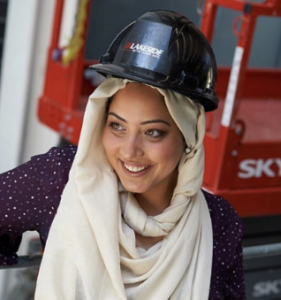
For many, adhering to PPE requirements is simple, as these standards are thoroughly outlined and shared with employees by their employers. However, Canada has a growing population of diverse ethnic, racial, and religious groups, with different cultures and traditions which may impact their dress code in the workplace. And so, the question becomes, have PPE requirements been reviewed to consider the experiences of these individuals in the workplace?
When I graduated from university and started working in services engineering for an automation company, I had to become familiar with different safety clothes and standards based on different industries. From sterile pharmaceutical plants to dusty steel mills; each site required slightly different PPE. 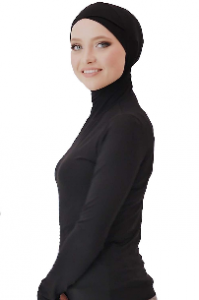
As a hijabi engineer, I quickly learned that adhering to PPE requirements would take some additional effort for me then it would for others. For those that aren’t familiar, hijab is the Arabic word for barrier or partition, it is a principle of modesty in Islam and requires Muslim women to cover everything except their hands, face and feet in loose non see-through garments (“Religion: Islam” 2009). There are varying interpretations on modesty. Personally, as a hijabi engineer wearing my interpretation of a head scarf to an industrial plant under a hard hat was a lot for me to wrap my head around; no pun intended.
Prior to my first site visit, I tried many styles under my hard hat, because it wasn’t only about being safe, I also wanted to feel comfortable and confident. Given that it was my first time going to an industrial plant, I wanted to make a positive first impression, and I knew I would likely be the only hijabi, potentially the only Muslim, and possibly the only woman.
For engineers of all ethnicities, cultures and religions the goal is to be comfortable and confident, in environments and situations where you may be the only visible minority, and be as safe as possible in the process. As a profession, we are working to create more diverse and inclusive workplaces for everyone. Part of this effort must include providing engineers like myself, with options and guidelines, that do not force us to sacrifice our religious beliefs to adhere to workplace safety. Without this, engineers from diverse religious and cultural backgrounds, will continue to face the added burden of having to figure out how to adequately dress in the workplace without any guidance.
If you are an engineer that wears a hijab, there are some things to keep in mind.
- There are many styles and ways to wear the hijab and everyone has their own, slightly different way that makes them feel comfortable. The turban style is the easiest to wear under a hardhat.
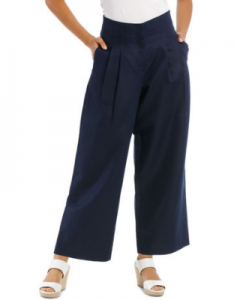 With that style there is no dangling fabric and it doesn’t fully cover your ears, which is helpful when you need all your senses to be unobstructed.
With that style there is no dangling fabric and it doesn’t fully cover your ears, which is helpful when you need all your senses to be unobstructed. - If you are uncomfortable wearing hijab this way because it shows the neck and parts of the ear. There are ways to wear a turban that allow for full coverage, turtlenecks are one way to do that. There are many distributors that sell turtlenecks with attached hijabs.
- Hijab styles with dangling or loose ends should be tucked into clothes, shirts or turtlenecks.
- Skirts are typically not allowed in most industrial plants, but for those who are uncomfortable in pants due to formed fit, could opt for pants that are a loose fit and bootleg cut.
There are many ways Muslim women wear hijab to preserve their modesty, each is different and customized to their style and personality. The way hijab feels comfortable should be the way it’s worn, simply customized to meet the safety standards of the work environment. The tips above are based on my own experience. Please do not adhere to these if they contravene any safety guidelines for your specific work environment. If you are a hijabi engineer with safety clothes stories or tips, please share! If you are new to the profession and have questions, reach out and ask!
This blog post was contributed by OSPE Equity, Diversity and Inclusion Committee member Jenan Abderrahman, EIT.

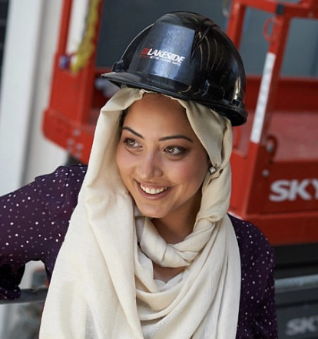
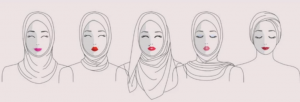



Comment (1)
Thank you for writing this blog post. I am entering the automation world as a Technical Training Designer and I am trying to prepare myself for what this may mean for a Hijabi.
Leave a Comment